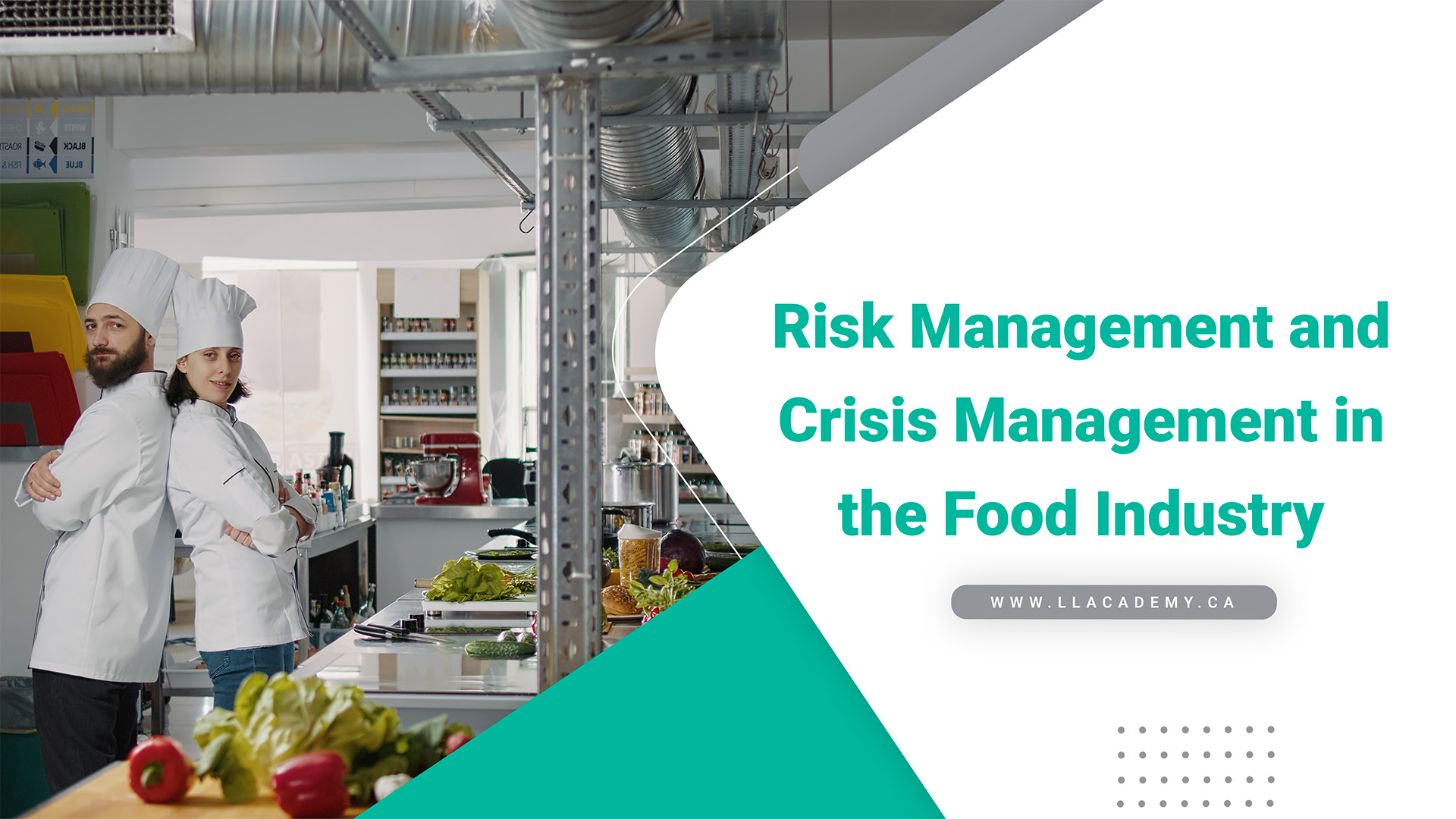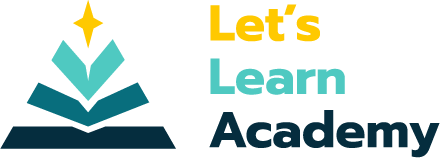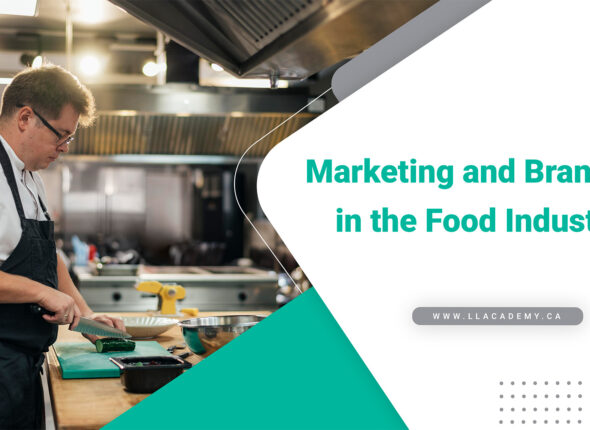
About the Course
Formulated as both online and in-person learning experiences, Risk Management and Crisis Management in the Food Industry is designed to help learners competently identify, assess, and mitigate risks and crises inherent in the food sector…
By the end of the current course, participants will be prepared to single-mindedly implement robust Risk Management and safeguard their organizations against a variety of conventional and unconventional crises with various degrees of probability and effectuality.
Eventually…
Eventually, Risk Management and Crisis Management in the Food Industry leaves learners educated, enlightened, and confident due to the way in which it illuminates the paradigms of risk mitigation and patterns of crisis preparedness in the context of the food industry…
Upon completion, learners will be equipped with a wide range of methods, skills, approaches, and tools needs competently handling risks and crises, thus protecting their organizations and always remaining a reliable and competent professional.
Tentative Lesson Plan
Although inherently susceptible to the spontaneity and simultaneity inherent to the process of creating educational material, structure, awareness, and direction, the following lesson plan encapsulates the main canons of the current course…
- Introduction to the Course
- Risk Identification in the Food Industry
- Risk Assessment in the Food Industry
- Control Measures Implementation in the Food Industry
- Monitoring Procedures in the Food Industry
- Training and Education in the Food Industry
- Documentation, Review, and Continuous Improvement in the Food Industry
- Case Studies and Real-world Applications
- Conclusion and Future Trends in the Industry
- Recap of Key Learning Outcomes
- Emerging Trends in the Course’s Subject Matter
- Final Thoughts
- Assessment
- Quizzes on Key Concepts
- Group Projects
- Final Exam
What’s Next?
Naturally, the next step includes taking the next step, so to speak! And, to do so, you can start applying for our courses using the information, guidelines, and various other complementary sources and resources we have already provided for your assistance.
This will result in having access to the complete and detailed version of this course description – which further represents the professional scrutiny, scientific quality, and educational ingenuity of the course – followed by the next stages which include the main course content, additional materials, suggestions for further readings, and everything else needed for starting a uniquely effective learning experience with us.
So, let’s cut to the chase!
Let’s learn!
Student Ratings & Reviews




